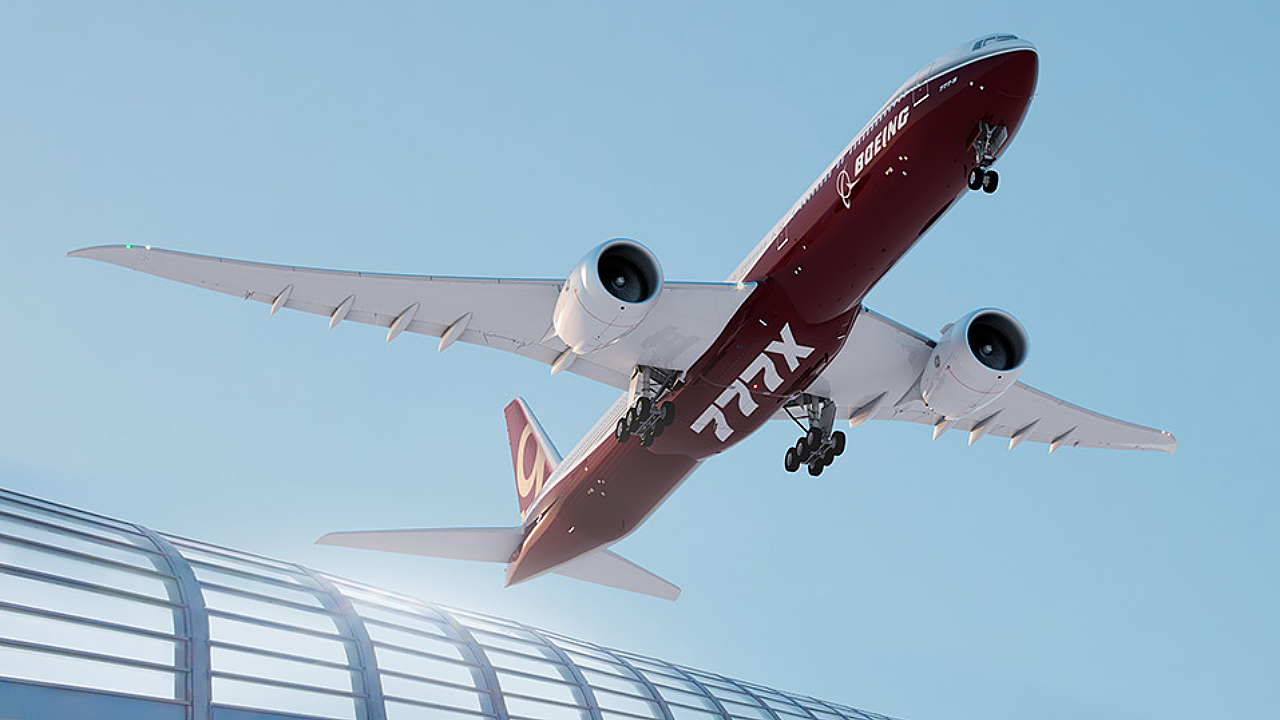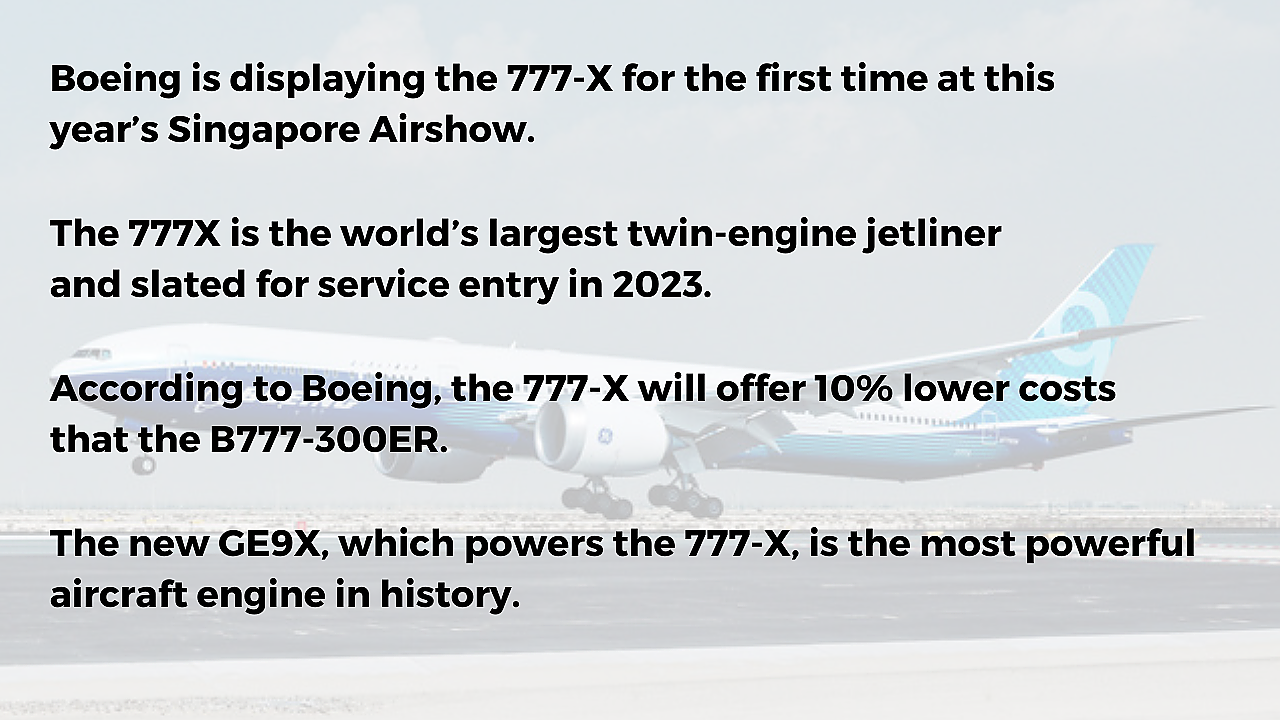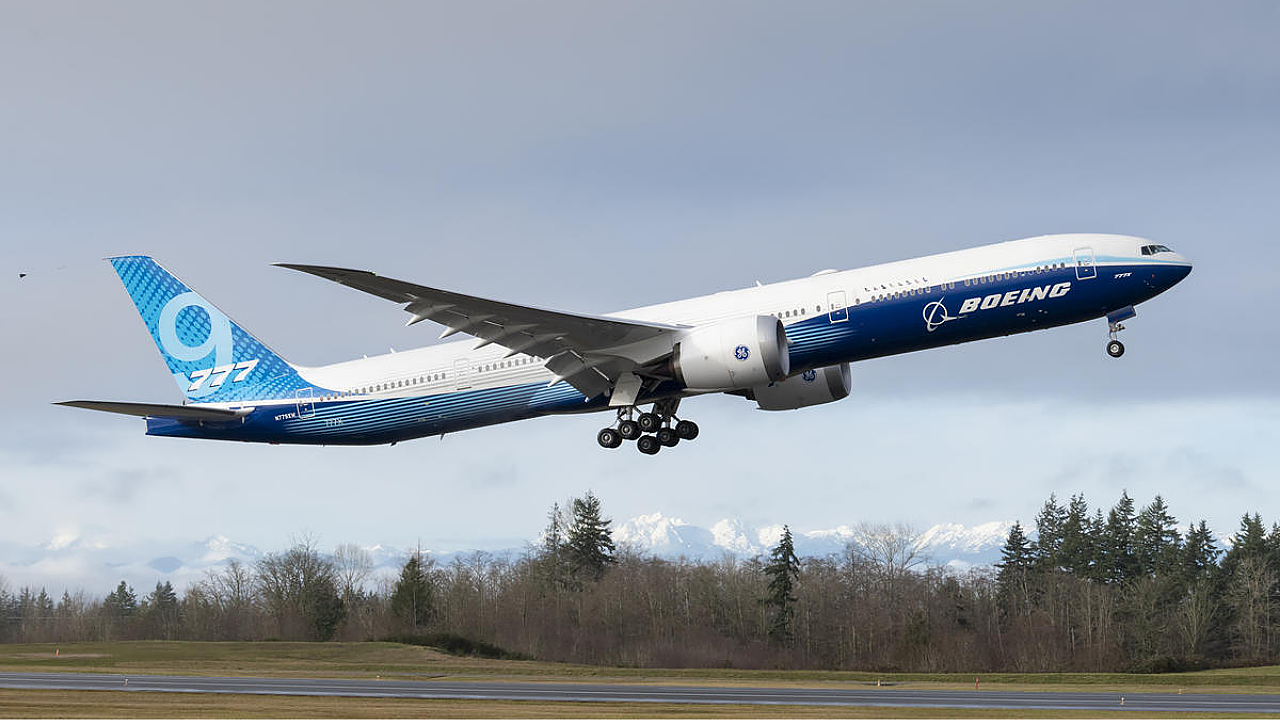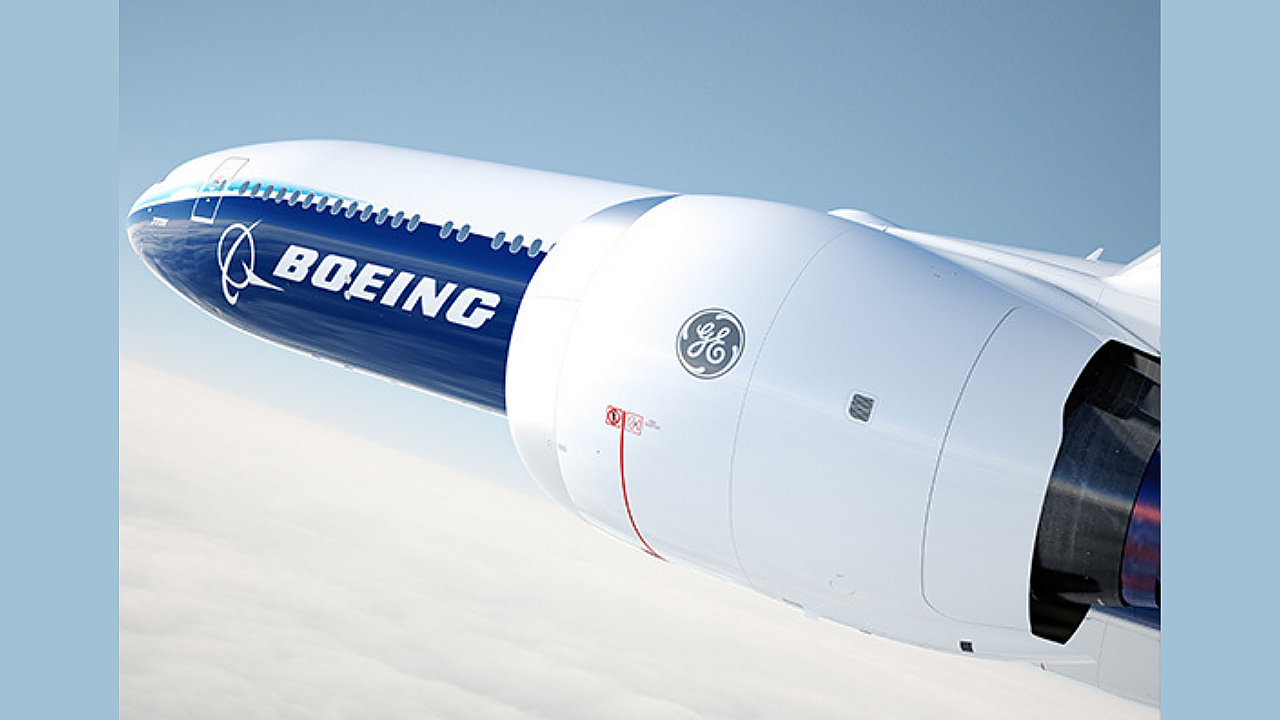
Boeing’s 777X is the world’s largest twin-engine jetliner and is now expected to enter service with customer airlines in 2023, a delay of nearly three years since initially planned. However, the delays could provide Boeing with an opportunity to sign up an Indian airline for the model, adding to orders already placed for the 737 MAX and 787 with Akasa Air, SpiceJet and Vistara.
Boeing is developing three variants of the 777-X in the 777-8 and 777-9 passenger jetliner models and the new 777-8 Freighter, for which Qatar Airways emerged as the launch customer in January. The widebody twin-aisle jetliners promise to deliver double-digit improvements in fuel efficiency to their airline customers, offering 10% lower emissions and operating costs than its competition for passenger variants.
Whiff Of Opportunity
An immediate opportunity for Boeing could emerge with Air India (AI), which is now back under Tatas and has traditionally operated Boeing jetliners in its international sectors. AI received its first Boeing 707 in 1960 and then ordered 747-100s in 1967. This was followed by deliveries of 747-200 in 1971, 747-300 in 1988 and 747-400 in 1993. In 2005, AI ordered 68 Boeing aircraft, the largest valued single order in commercial aviation history at that time, of which 27 787s, 15 B777-300ERs and eight B777-200 LRs were utilised on international routes. The order also included 18 737-800s used on domestic routes. Two of AI’s B777-300ERs have been exclusively reserved for VVIP government travel and paid for by the government.
The 777-X programme was launched in November 2013 at the Dubai Airshow. At its launch, its predecessor, the highly successful 777, commanded a 71% share of the in-service twin-engine, twin-aisle fleet worldwide and a 55% market share in its category in terms of the order backlog. In the years since then, however, Boeing has experienced significant difficulties, with its vaunted engineering reputation having taken repeated blows with the 737 MAX fiasco, 787 production nightmares and delays in the 777-X’s development.

However, these challenges could make 777-X an attractive proposition for Indian carriers considering the current financial difficulties of Boeing, which is likely to offer customers discounts on the 777-8 and 777-9, having a list price of $410 million and $442
million, respectively. An order for the 777-X, even if it will take the jetliners a few years to be delivered, could provide a win-win for both parties as Air India could negotiate favourable terms for the new jetliners and benefit from the buzz of inducting new orders for its international routes. Considering AI’s history with Boeing, the airframer will be loath to see the airline
cross over into the Airbus camp.
An order for the 777-X could also signal AI’s intent to compete on international routes, though at present, its intent on new aircraft remains in the realm of speculation. With the biennial Singapore Airshow to
start next week and Boeing having flown down a 777-X for the show, airlines interested in the aircraft can get a close look at the aeroplane. Boeing has received 334 orders to date for the 777X from eight major international airlines – All Nippon Airways (20), British Airways (18), Cathay Pacific Airways (21), Emirates (115), Etihad Airways (25), Lufthansa (20), Qatar Airways (74) and Singapore Airlines (31). Orders for other unidentified
customers amount to another ten aircraft.
Giant In The Skies
The 777-8 and the 777-9 can seat up to 384 and 426 passengers respectively in two-class configuration, and both jetliners have a Maximum Take-Off Weight
(MTOW) of 351 tonne. In this configuration, the 777-8 has a range of 16,170 km, while the 777-9 has a range
of 13,500 km. While the 777-8 is 229 feet (69.8m) long, 777-9 is 251 feet (76.7m) long, and both aircraft have a wingspan of 235 feet (71.75m). The 777-8 is 15.7 feet (5.75m) shorter than the older B777-300ER and carries fewer passengers but with greater range, while the 777-9 is 7 feet (2m) longer than the 300ER and can carry 18 more passengers.
The 777X will offer passengers a fresh flight experience with larger windows and overhead luggage bins with advanced LED lighting throughout the cabin. One
could expect the in-flight experience on the 777-X to be similar to the 787 with lower cabin altitude, improved humidity/temperature, cleaner air and lower cabin noise. Boeing has reduced the cabin wall thickness by two inches allowing airlines to increase flexibility with wider cabin. The windows on the 777X are 162 sq inches in size as compared to 140 sq inches on the older B777 and 125 sq inches on the A350.

Model Of Efficiency
The increased operating efficiencies of the 777-X compared to B777-300ER and B777-200 could also prove attractive for AI on its popular long-haul
high capacity routes. The 777-X is lighter and more efficient than current generation twin-engine twin-aisle aircraft, with Boeing quoting 10% better operating economics, while its new GE9X engine offered 5% Lower Specific Fuel Consumption than any other competing engine in 2020 with 10% lower costs than the B777-300ER. Boeing also says that the 777-X could integrate seamlessly with the existing 777 and 787 Dreamliner families. Compared to the A350-1000 from Airbus, Boeing states that the 777-8 and 777-9 offer operating costs lower by 4% and 11%, respectively (under standard rules, 2-class seating on a 11,112km journey).
Boeing says the 777-X delivers a generational leap in aerodynamic technology and delivers 5% better aerodynamics than the A350-1000. One of the causes of the improved performance is the aircraft’s longer wingspan (11 feet more span on each wing) and an all-new composite wing design. To ensure that the 777-X is
able to operate at major airports worldwide, Boeing developed a folding wingtip that allows it to use the same taxiway and gates used by the older 777.
Boeing has invested more than $1 billion in the Everett site to construct its 777X Composite Wing Center (CWC), which has more than 27 acres under one roof. It contains three of the world’s largest autoclaves, which will be used to manufacture the world’s largest composite wings for the 777X. Each autoclave is big enough to fit two B737 fuselages inside them.

GE Aviation’s GE90 engine family was the sole powerplant on the 777-300ER, 777-200LR, and 777 Freighters, and these engines have accumulated more than 108 million flight hours since they entered into service in 1995. The new GE9X, which powers the 777-X, is the most powerful aircraft engine in history. GE
Aviation is also undertaking GE9X Extended-range, Twin-engine Operations testing, which is expected to be certified in the first half of 2022.
GE9X test engines completed just under 5,000 hours and 8,000 cycles on nine test engines before they received US FAR (Federal Aviation Regulation) Part 33
certification in September 2020. This included 72 test flights and more than 400 hours on GE Aviation’s 747-400 flying testbed. The GE9X also features new,
patented technology, specifically designed to keep dust and sand out of the engine, making it well suited for operations in hot and dusty environments. It has more than 300 3D-printed parts, including dust separation technology via a 3D-printed particle separator.
The 777-X is also the first commercial jetliner to introduce touchscreen flight displays for all five flight deck displays. Collins Aerospace will supply these displays, which are capable of supporting multiple touchpoints, allowing two pilots to interact with their half of the lower display simultaneously.